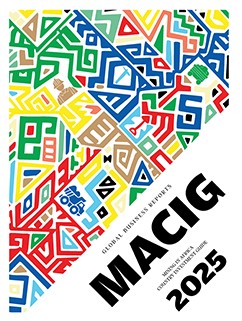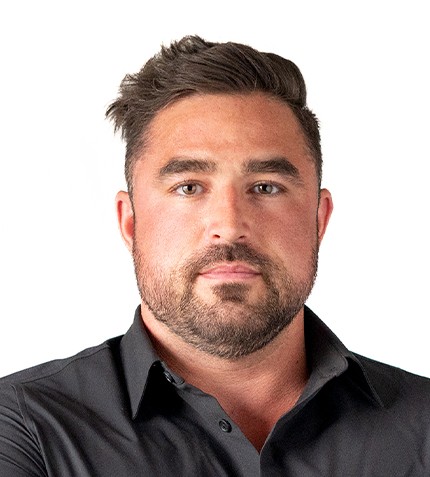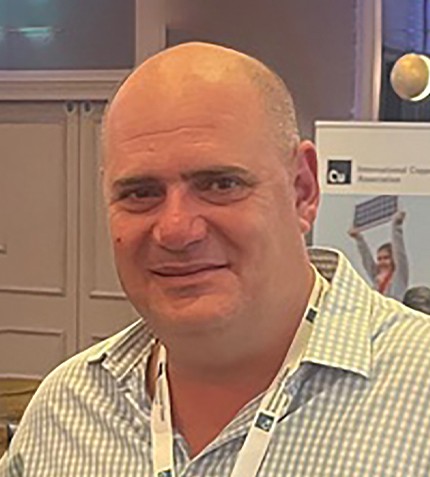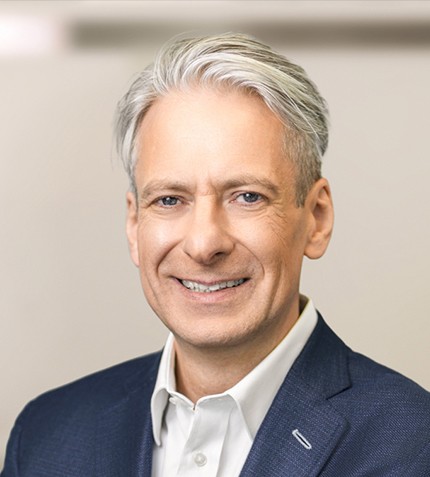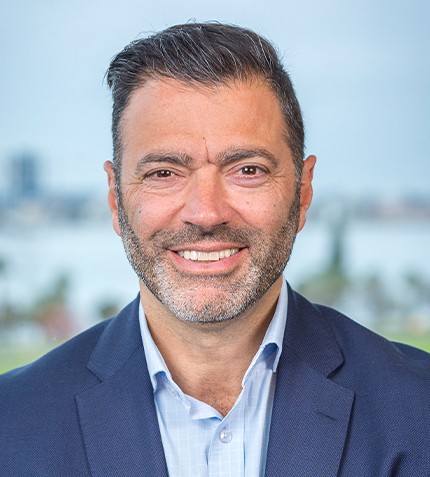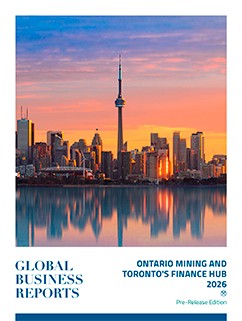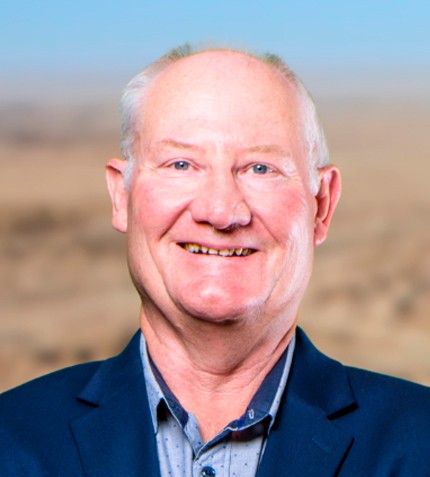
"Namibian uranium can be sold to both Eastern and Western markets, and we intend to keep it that way, the exception being that we will not sell uranium to Russia."
RELATED PUBLICATION
ARTICLES FROM THIS PUBLICATION
Gavin Chamberlain
CEO, BANNERMAN ENERGY
How is the Etango uranium project in Namibia progressing?
The initial contracts, covering the water supply and the access road, have now been completed, and we placed three additional contracts: First, the power contract, so we are now connected to the grid with construction power available on site. Second, an extension of the access road contract. Third and most significant is a two-year bulk earthworks contract, awarded in August 2024, which covers the 1 km long by 300 m wide heap leach pad. With the most recent fundraising secured, we will now move ahead with blasting and crushing rock for the heap leach drainage layer and awarding the initial concrete works contract. We’ve also extended the design contracts with Wood and a Namibian engineering firm.
Could you elaborate on the importance of the recent AU$85 million raise?
Subsequent to an AU$85 million placement in 2024, we completed another successful AU$85 million raising in July this year (2025). With a combined asset base (cash and liquid) of AU$140 million at the beginning of July, we are in a very strong financial position, which allows us to continue with critical site activities before reaching an official FID. Moreover, a condition of our mining license was to start construction within three months after receiving the license, which we’ve been able to do.
Could you remind our readers of the capital requirement for Etango and how financing discussions are advancing?
The capital requirement for Etango is US$353 million, but this excludes working capital to cover the delay between production and revenue, since it will take a couple of months to build sufficient stock before we can ship, and payments from customers only come when the material reaches the converter. Therefore, we are looking for a total financial solution of around US$400 million.
We have three workstreams running concurrently with construction: The first is contracting, with VP of Market Strategy, Olga Skorlyakova, based in London, actively engaging with numerous US and European utilities. The other two workstreams are debt financing and strategic partnerships, both at mature stages.
Given the current market dynamics, how do you see the supply and demand balance evolving for uranium in the near term, and what challenges are greenfield and restart projects facing?
While the demand side continues to show renewed confidence in nuclear energy, the supply side has seen multiple challenges. The consistent message from greenfield project developers is that they need the right price environment before they proceed. Recent announcements around restarts and ISR (in-situ recovery) projects have come with delays and all sorts of problems, particularly with brownfield restarts. The result is a delayed supply curve alongside a rising demand curve. The spot price is currently fairly thinly traded, so even small volumes can move it significantly.
How is Namibia positioned in the global uranium market?
Namibian uranium can be sold to both Eastern and Western markets, and we intend to keep it that way, without getting drawn into aligning with any particular political bloc, the exception being that we have clearly stated that we will not sell uranium to Russia.
One change we have noticed is a clear increase in US interest in Namibia. People are now approaching us, whereas previously it was challenging to establish the right contacts in the US. There’s definitely been a shift in focus from the US toward involvement in Namibia. Whether that interest will translate into concrete investment remains to be seen.
How is Bannerman’s share price influenced by the spot?
Our core shareholders understand uranium. The large institutional investors are in for the long term, rarely trading in and out of our stock. On the other hand, our share price is largely influenced by retail investors, who do focus on the spot price; hence, our share price is strongly linked to the spot price. In fact, you can make a very positive announcement, and the share price may not move, yet a statement from the US about a new SMR can send it soaring. This makes it difficult to understand what is truly driving the market.
Do you have a final message?
When I first joined Bannerman almost three years ago, it was probably third or fourth among greenfield uranium projects in terms of expected time to production, but today, Bannerman is the closest to production among its peers.




